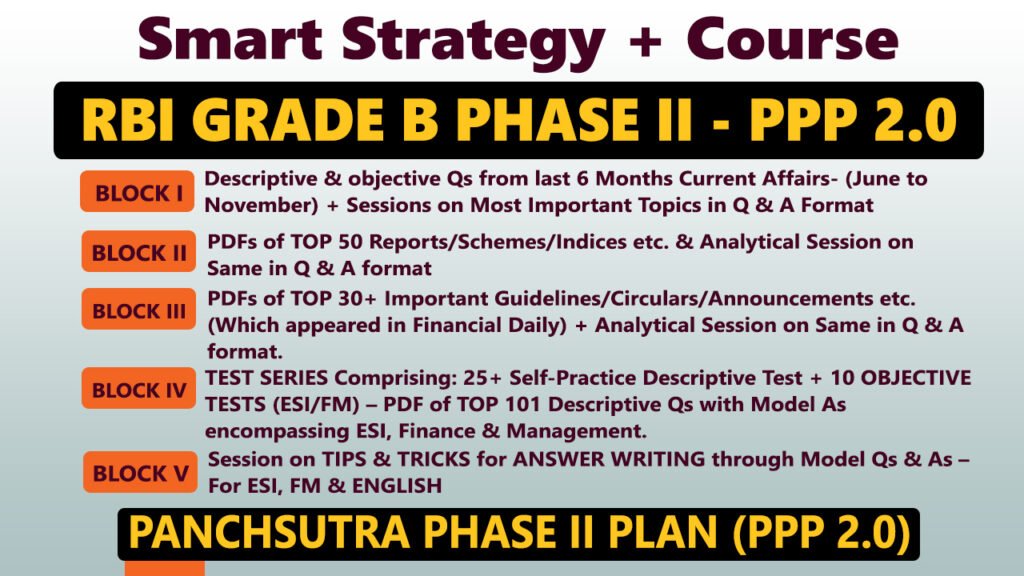Context:
India’s retail asset securitisation market recorded a moderate 6% year-on-year growth in the first quarter of FY26, reaching volumes of ₹52,000 crore. A major highlight was the country’s first Residential Mortgage-Backed Securitisation (RMBS) transaction, marking a new chapter in long-term funding innovation.
What Is Securitisation?
- Securitisation refers to the process of pooling illiquid financial assets (like loans) and converting them into marketable securities.
- It facilitates:
- Liquidity for lenders
- Risk distribution across investors
- Access to capital for underserved sectors
Steps in Securitization Process
- Loan Issuance (Asset Origination)
- A bank or NBFC (Non-Banking Financial Company) gives out loans — like home loans, car loans, or business credit lines — to borrowers.
- Forming a Loan Pool
- The lender selects similar loans (same type, term, or risk level) and bundles them into a group — called an asset pool.
- Creating a Special Purpose Vehicle (SPV)
- A new legal entity called a Special Purpose Vehicle is created. It keeps the asset pool separate from the lender’s main balance sheet, protecting investors if the lender fails.
- Transferring Assets to the SPV
- The lender sells the asset pool to the SPV. This allows the lender to remove the loans from its books and use the money it gets from the SPV to issue more loans.
- Breaking into Tranches (Tranching)
- The SPV slices the asset pool into pieces (called tranches) based on risk —
- Senior Tranche (low risk, first to be paid)
- Mezzanine Tranche (moderate risk)
- Junior or Equity Tranche (high risk, last to be paid)
- The SPV slices the asset pool into pieces (called tranches) based on risk —
- Adding Safety Nets (Credit Enhancement)
- To make the securities safer and more attractive, the SPV adds safeguards like:
- Extra collateral
- Reserve funds
- Insurance or third-party guarantees
- To make the securities safer and more attractive, the SPV adds safeguards like:
- Getting Ratings
- Credit rating agencies (like CRISIL, ICRA, CARE in India) rate the tranches based on how risky they are. Better-rated tranches attract more investors.
- Selling to Investors
- Investment banks or brokers help the SPV sell these securities to investors like mutual funds, insurance companies, or even pension funds.
- Paying Investors
- As borrowers repay their loans, the collected money is used to pay investors. Senior tranches are paid first, and junior ones last.
- Monitoring & Reporting
- A servicing agency tracks loan repayments and regularly updates investors on performance and risks.



















